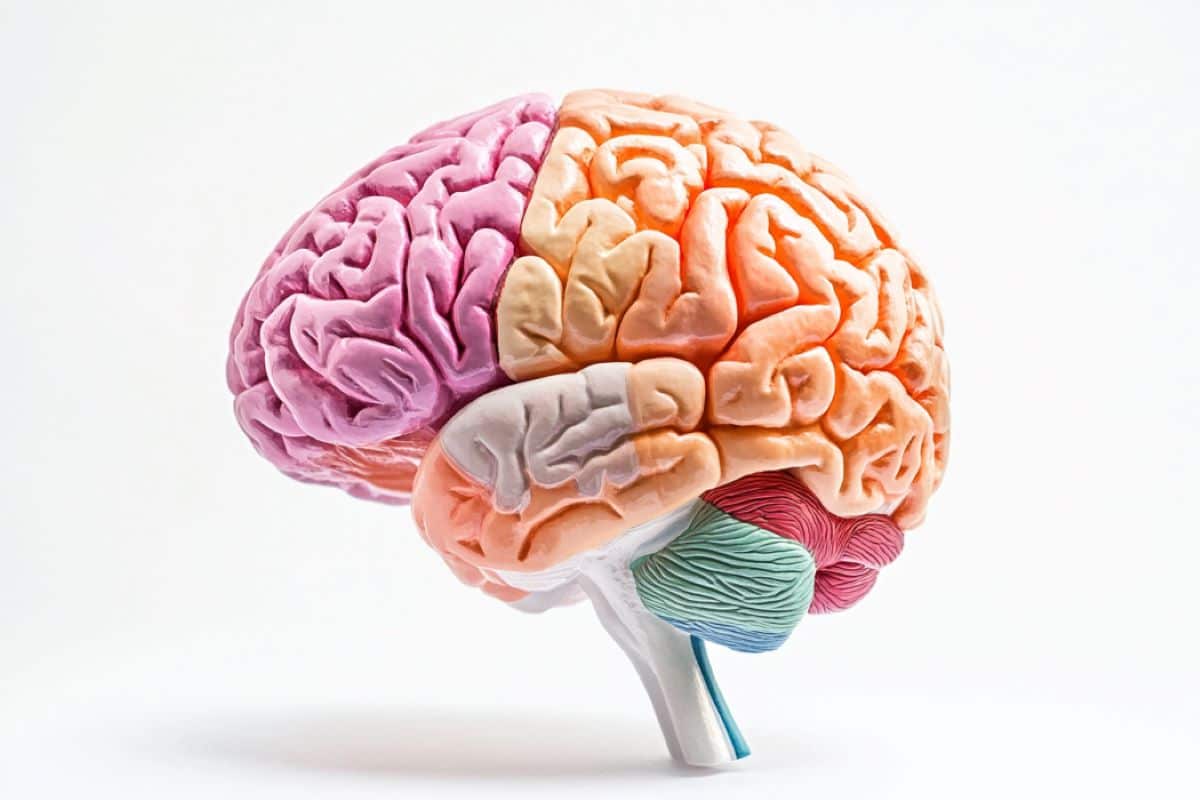Summary: A large study has found a small but significant link between brain structure and political ideology. The research revealed that conservatives have a slightly larger amygdala, a brain region involved in processing emotions, though the size difference is minimal.
The study challenges previous findings, showing that the connection between brain anatomy and political beliefs is much more subtle than previously thought. This nuanced relationship suggests that brain structure may play an indirect role in shaping political views, but the influence is not as straightforward as once believed.
Key Facts:
- Conservatives have a slightly larger amygdala compared to progressives.
- The difference in amygdala size is small, about the size of a sesame seed.
- The study suggests the link between brain structure and ideology is indirect.
Source: University of Amsterdam
For a long time, the claim has been made that the brains of conservative people are different than those of progressives. Using MRI scans of almost 1,000 Dutch people, researchers from the University of Amsterdam (UvA) show that there is indeed a connection between brain structure and ideology. However, the connection is smaller than expected.
Nevertheless, the researchers find it remarkable that differences in the brain are linked to something as abstract as ideology.

The claim that brain structure and ideology are linked was fueled by a 2011 study of 90 English students that found this connection. Scientists at the UvA have now conducted the largest replication study to date to further investigate the relationship between ideology and brain structure.
The researchers analyzed the MRI scans of 975 Dutch people aged 19 to 26, representing a cross-section of the Dutch population in terms of education and political preference.
They linked these scans to questionnaires about ideology. ‘You can see ideology as a series of positions on different themes or as an identity,’ explains first author Gijs Schumacher.
‘You can also distinguish between ideological ideas about socio-cultural issues such as women’s and LGBTIQ rights, and about economic issues such as income inequality.’
The amygdala is slightly larger
The scientists found, just as in the English study, that the amygdala of conservative people is slightly larger.
‘It is remarkable that we also found this result in our much larger and more representative sample. For example, the English sample did not contain any extremely conservative participants, while ours did,’ says Schumacher.
The scientists also found that there is no relationship between another brain area – the anterior cingulate cortex – and ideology, something that the original study did find.
Difference of a sesame seed
The difference in the amygdala was the size of a sesame seed.
‘The amygdala of the average conservative voter is 157 sesame seeds in size and that of the average progressive voter is 156 sesame seeds. That is a small difference, but significant. It suggests that there is a connection between brain anatomy and ideology at some level, but that it is very indirect,’ explains co-author Steven Scholte.
‘Our expectation was therefore to find no effect at all.’
‘However, we do not know exactly how conservatism and the size of the amygdala are related,’ adds Diamantis Petropoulos Petalas (also associated with this study but now working at The American College of Greece).
‘The amygdala has mainly been studied in relation to threatening situations and fear, but seems to respond much more broadly to emotions in general and to divergent information.
“There may be a connection where the amygdala is larger in individuals who react more strongly to information, which could sometimes result in more conservative ideas in politics.’
No simple dichotomy
However, the research suggests there is no simple dichotomy regarding political ideology in the brain.
‘People sometimes speak of blue (Democratic) and red (Republican) brains in the American context. This metaphor is tempting, but completely misplaced,’ says Schumacher.
‘We argue that ideology should be seen as a much broader concept and show that there are fewer connections between brain and ideology than have been found in previous studies.’
Ideology itself is also more complex than was assumed in previous research. As an example, Schumacher mentions how participants who voted for the SP, a Dutch political party with radical left-wing economic positions but more conservative social values, had a larger amygdala on average than participants who identified with more progressive parties. ‘Ideology is therefore much more complex than just identification on socio-cultural themes.’
Other brain areas
The researchers then extended their analysis to find connections between ideology and other brain areas. For example, they found a connection between the volume of the right fusiform gyrus, an area of the brain important for facial recognition, and more right-wing positions on social and economic issues. The reason for this remains to be seen.
About this neuroscience and politics research news
Author: Gijs Schumacher
Source: University of Amsterdam
Contact: Gijs Schumacher – University of Amsterdam
Image: The image is credited to Neuroscience News
Original Research: Open access.
“Is political ideology correlated with brain structure? A preregistered replication” by Gijs Schumacher et al. iScience
Abstract
Is political ideology correlated with brain structure? A preregistered replication
We revisit the hypotheses that conservatism positively correlates with amygdala and negatively with anterior cingulate cortex (ACC) gray matter volume.
Using diverse measures of ideology and a large and representative sample (Amsterdam Open MRI Collection [n = 928]), we replicate a small positive relationship between amygdala volume and conservatism.
However, we fail to find consistent evidence in support of the ideology-ACC volume link.
Using a split-sample strategy,we conducted exploratory whole-brain analyses on half the data, preregistered the findings, and then conducted subsequent confirmatory tests that additionally highlight weak, positive associations between the right fusiform gyri and conservatism.
This is the largest preregistered replication study in the context of political neuroscience.
By using Dutch as opposed to British or American data, we also extend the amygdala-conservatism link to a multiparty, multidimensional political context. We discuss the implications for future investigations of the neural substrates of ideology.






